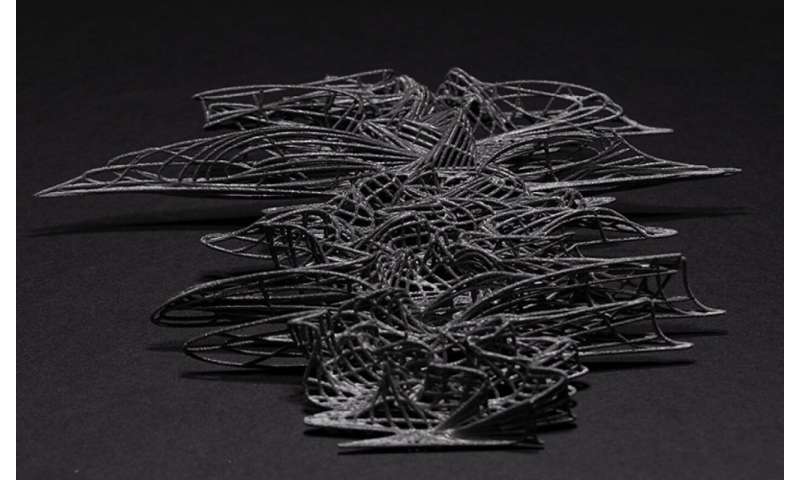Preserving endangered languages as 3D shapes

Half of the world’s languages are endangered and more than a thousand are expected to be lost in coming decades. A team at UCL is using animation software to preserve these languages in an entirely new way.
It’s estimated that there are over 7,000 documented languages spoken across the world. Yet around half of these languages are endangered. Between 1950 and 2021, around 230 languages were wiped from human memory. About 1,500 endangered and rare languages are at a high risk of being lost in the next century.
The consequences of language loss—also known as linguicide—are felt around the world, affecting identity and well-being as well as culture and linguistic diversity.
In response to this growing trend, an anthropologist and architect at UCL have come together to present and preserve some of these languages in a truly unique way, using inspiration and technology from animation in the gaming industry.
Reimagining language
Language is often only imagined in the shape dictated by our writing system—as words on a page or as sound. But the “shape” of humanity’s natural languages and their high-dimensional form mostly remain to be fully explored and modeled as visual material—similar to how we envision the double helix of DNA.
Rather than only listening to a recording, scientists have now made it possible to also handle a language excerpt physically, by building 3D printed models based on language patterns and grammar.
As part of a study published in Humanities and Social Sciences Communications, scientists explored how the structure of language can be represented in 3D using software commonly used for game, film and video animation.
To create their 3D designs, they drew on the sounds of a language—the number of syllables in a line—as well as its grammar, focusing on a particular grammatical system called evidentials. They gave a numerical value to “evidential weight”—that is, the nature of the evidence being conveyed. In one of the languages they focused on—the Amazonian language Tariana—speakers are grammatically obliged to indicate the nature of the evidence they’re conveying at all times, unlike in English, where this isn’t required. Tariana contains a hierarchy of preferred evidentials, ranging from information obtained through direct visual observation to the repetition of information related by someone else.
They plotted points in three dimensions, with the numerical values derived from evidentials along the Z axis, the number of syllables along the Y axis and timeline on the X axis. The design software then turned these points into a 3D shape, virtually filling in the digital weave of warp and weft to appear as a smooth, woven undulating surface.
The researchers were then able to create four prototypes and digital 3D images from this, which they printed as 3D objects.
The first of its kind in the world, the project and its outputs not only enable the visual demonstration of the architecture of language, but also enables its preservation in a permanent, solid form.
This article was first published by phys.org on January 26th. You can read the full article and view more 3d representations of languages here.

